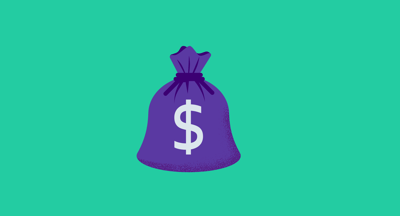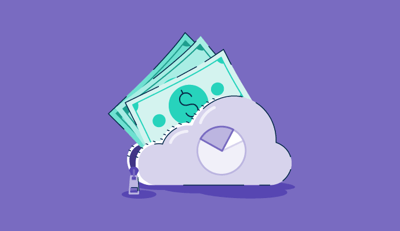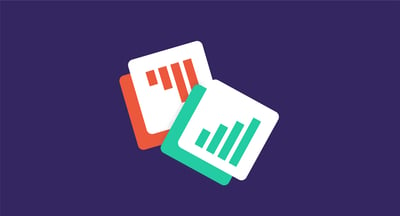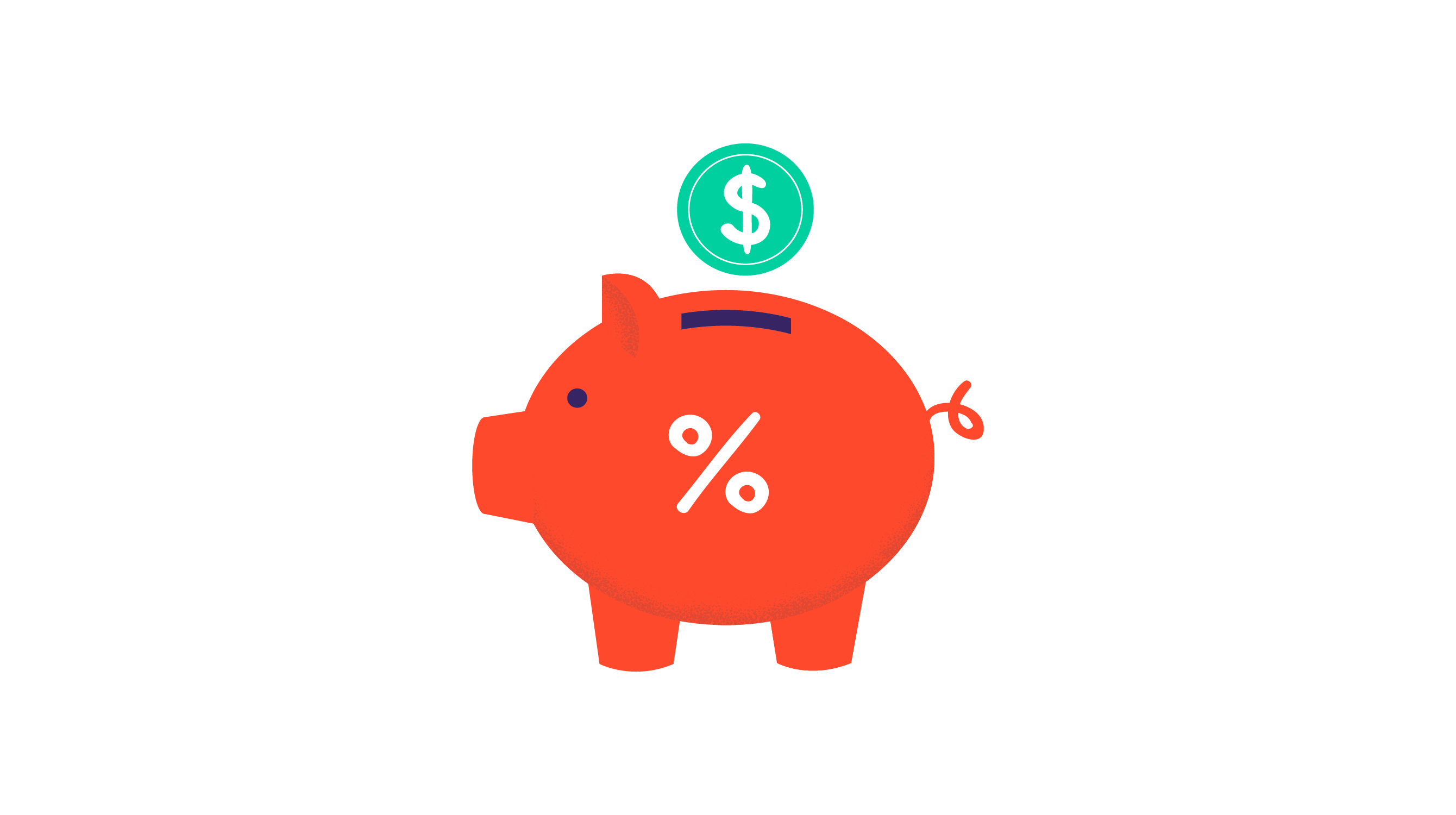
 Start saving money
Start saving money
Take advantage of G2 Track Essential, for free, to make the most of software spend optimization.
As your company grows, so does the amount of software and SaaS solutions that your team uses to get their job done.
With that comes growing pains, like potentially spending your budget on software that may not be as critical as you once thought. It’s not easy to evolve your tech stack and ensure it’s kept free of security threats while keeping your software spend in check.
However, sometimes the problem isn’t that you're spending too much on software, it’s the lack of awareness, understanding, and visibility to where your budget is going, and whether or not those are the smartest decisions for your company.
Software spend optimization is the act of managing not only your spend on software, but your contracts, account usage, and compliance. It's not uncommon for the act of software spend optimization to get placed on your company's backburner, especially when you consider how much software is being used by your team.
When this is the case, you’ll need a plan for optimizing software spend to ensure your budget is being used in a smart way.
One of the first ways that you can optimize your software is by understanding the data within your software contracts. Doing so will allow you to get a bigger picture of where your money is going and how it’s being used.
As you look at your contract data, there are three things you should pay special attention to. Contracts with user-based licensing, per seat overage fees, and usage-based overage fees.
Pay attention to contracts with user-based licensing and per-seat pricing models so that you can be sure that your employees are actually using all of the licenses you’re paying for.
It’s common for companies to purchase more licenses than they need with the expectation of hiring more people in the future to fill those seats. However, that doesn’t always take place. If hiring doesn’t ramp up as expected, you’ll find yourself sitting on unused licenses, which turns into wasted money.
When that contract comes up for renewal, take a look at your current needs so that you don’t buy more licenses that you don’t need.
Oftentimes, contracts will have built-in overage pricing models. As an example, let’s say you buy a contract that has 100 licenses at $5 per license for the first year. This means that you expect to pay $500 over the duration of the contract.
That same contract could have an overage clause that states for licenses 101-200, the cost increases to $10 per license for the first year. If you were to grow your sales team to the point that 120 people are using the software, you’ll end up paying a premium for those 19 extra software licenses.
In addition to overages per seat, other contracts have overages built-in for usage. Some tools within the cloud content collaboration sector may charge $100 for 100 gigabytes of storage per month. If you were to go beyond that, this would increase an extra $5 per gigabyte.
It’s not uncommon for companies to go well over their budget just on overage fees without even knowing it.
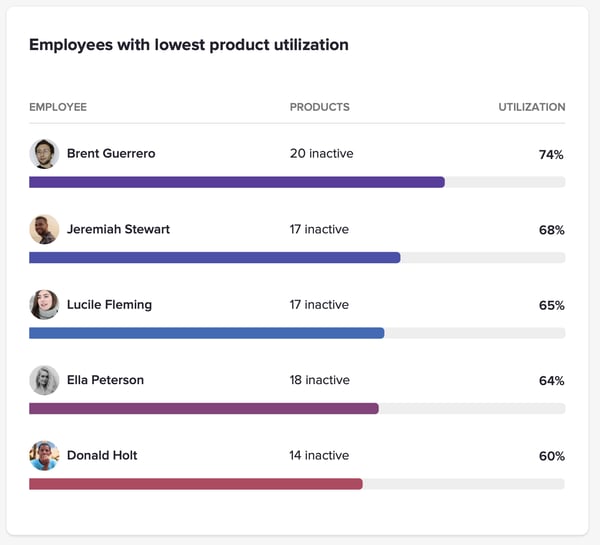
Another step in optimizing your software spend is to review the data within your single sign-on (SSO) solutions.
Let’s say you have 100 licenses of your CRM software and you utilize your SSO solution to see that you have 95 employees that are assigned a CRM license and five aren’t being used at all. You can then look at the login data even further to see that of those 95 CRM users, only 80 have signed in within the last 30 days.
By analyzing this data, you’ve uncovered 20 licenses that you probably shouldn’t be paying for.
On a similar note, some software spend optimization tools, like G2 Track, offer direct product integrations that make insights into usage even better. This feature would hook up directly to a specific software solution and pull data usage that goes beyond the basics of simply seeing when a user logged in.
Using the same example as above, if you were to hook up direct integration with your CRM tool, not only could you see that there are 95 provisioned users and 15 haven’t logged on in the past month, you could also have access to data that shows how the remaining 80 users interacted with the product.
This would allow you to see that of the 80 that are signing in every week, only about half are actually engaging in any of the product's features, like viewing or creating new reports. This would show you that you’re essentially wasting half of these licenses and that it could be a good place to optimize your software spend.
the estimated amount businesses spend on unused software each year.
Businesses of all shapes and sizes across all industries are bound to experience shadow IT. This is when IT systems and software are used and managed without the knowledge or approval from IT leaders or stakeholders. It also occurs when both a company and an employer have purchased a software license, which means that the company is paying for it twice.
For example, it’s not uncommon for sales employees to buy a license for their preferred sales intelligence software on their personal credit cards and sneak it through their expense reports. While this isn’t necessarily a bad thing if it’s just one employee, it can be a significant amount of money if the entire team is doing it.
Plus, if 20 of your sales team employees were all paying for the same tool individually, chances are that your company could buy the same license in bulk at a discounted price. However, without having the visibility to look into your company’s shadow IT, there would be no way to optimize this type of spend.
For IT leaders who want a better grasp on tech spend, a tool like G2 Track can help.
Zack W., VP of Technology
G2 Track Review
If you’ve ever wondered how your employees actually feel about the software they’re using, one of the best ways to find out is to ask.
By utilizing an employee pulse survey, you’ll have access to interesting data points around your employee’s opinions about the software they’re using. They’ll be able to rank how happy they are with specific software from 1-10, as well as let you know if it’s a critical tool for them to be able to do their job.
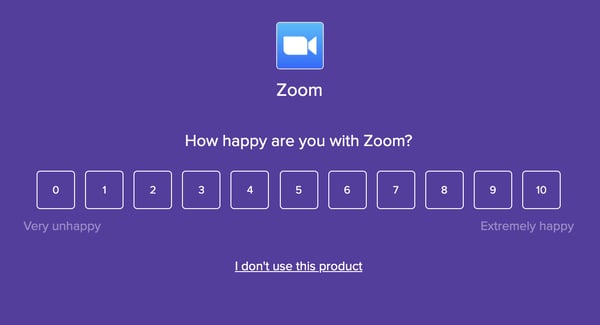
Having this sentiment data allows you to see which software has a low internal NPS score and which is not considered to be critical. This will point you to an obvious candidate for cancellation, giving you an opportunity to save on software spend.
It’s not uncommon for different departments within a company to buy different tools that do the same thing without even knowing it. To find new ways to optimize your software spend, take inventory on what each of your departments is using.
Once you do this, look at usage data and employee sentiment data from surveys. It becomes easy to find the overlapping products and decide which ones to keep and which ones to get rid of.
At G2, we used this exact strategy to find software tools that overlapped so we could better allocate our budget elsewhere. Once we discovered that we were spending over $50,000 a year on two different conversation intelligence tools, we ran an internal pulse survey to find out which option the majority of our teams liked best.
This data was extremely helpful in finding ways to consolidate overlapping software spend.
A spend optimization tool like G2 Track is your one-and-done place for all of the above. You’ll be able to pinpoint product usage, billing trends, and contract renewals, so you can find new ways to save.
In an easy-to-read dashboard, G2 Track allows you to gain full control over your app use and management. In this SaaS system of record, you’ll be able to drill into the spend by each department to ensure that your budget is aligned while also ensuring that you never leave another seat or app unused.
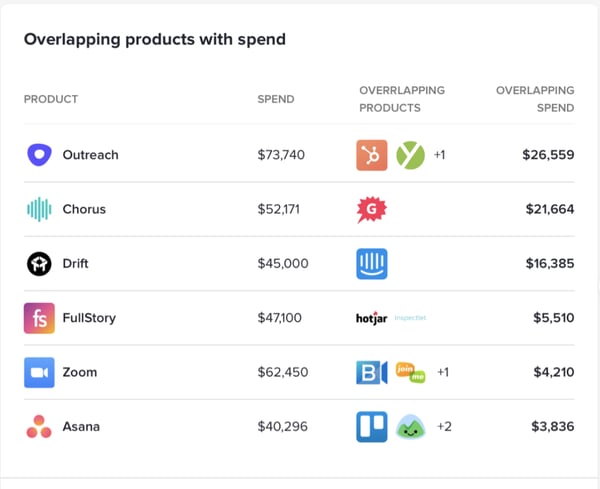
At the end of the day, you want to make sure that your budget is going towards the software tools that your employees believe are must-haves in getting their job done. The right optimization plan towards your software spend can uncover smarter ways to allocate your budget.
Start optimizing your software spend for free with G2 Track Essential today.
Mara Calvello is a Content and Communications Manager at G2. She received her Bachelor of Arts degree from Elmhurst College (now Elmhurst University). Mara writes content highlighting G2 newsroom events and customer marketing case studies, while also focusing on social media and communications for G2. She previously wrote content to support our G2 Tea newsletter, as well as categories on artificial intelligence, natural language understanding (NLU), AI code generation, synthetic data, and more. In her spare time, she's out exploring with her rescue dog Zeke or enjoying a good book.
 Start saving money
Start saving money
Take advantage of G2 Track Essential, for free, to make the most of software spend optimization.
How much of your daily routine revolves around using software?
 by Mara Calvello
by Mara Calvello
Software as a Service (SaaS) comes with more scalability and accessibility for businesses....
 by Sagar Joshi
by Sagar Joshi
Everyone wants to believe that when the economy, and businesses as a whole, are on an upswing,...
 by Mara Calvello
by Mara Calvello
How much of your daily routine revolves around using software?
 by Mara Calvello
by Mara Calvello
Software as a Service (SaaS) comes with more scalability and accessibility for businesses....
 by Sagar Joshi
by Sagar Joshi
